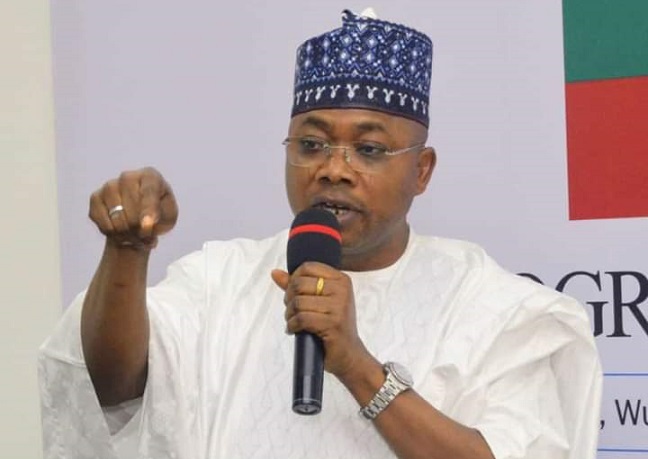Intel’s incoming CEO, Lip-Bu Tan, is preparing to implement sweeping changes to the company’s AI strategy and chip manufacturing operations as he returns to lead the tech giant on Tuesday.
Tan aims to restructure Intel’s approach to artificial intelligence and streamline its workforce by cutting middle management, which he perceives as slow and inefficient.
A key focus of his leadership will be revamping Intel’s semiconductor manufacturing arm, which previously served only the company but has since expanded to external clients such as Nvidia. Tan’s goal is to make Intel’s foundry business competitive with industry leaders like Taiwan Semiconductor Manufacturing Company.
At a recent town hall meeting, Tan signaled that tough decisions lie ahead. Semiconductor expert Dylan Patel noted that former CEO Pat Gelsinger was hesitant to make necessary cuts, which contributed to Intel’s stagnation. With Intel reporting a $19 billion loss in 2024—its first since 1986—Tan is under pressure to drive a turnaround.
Industry insiders say Tan has long been critical of Intel’s execution under Gelsinger. His previous board role allowed him to assess Intel’s manufacturing operations, leading to frustration over what he saw as a departure from the company’s once-rigorous culture. Despite presenting restructuring ideas last year, he resigned in August after clashing with the board.
Beyond workforce reductions, Tan is prioritizing Intel’s next-generation AI-enabled chip, Panther Lake, and its new 18A process. Analysts believe Intel’s contract manufacturing success hinges on securing major clients like Nvidia and Google.
As Intel moves toward an annual AI chip release cycle, Tan’s leadership will determine whether the company can reclaim its position as a semiconductor powerhouse.











